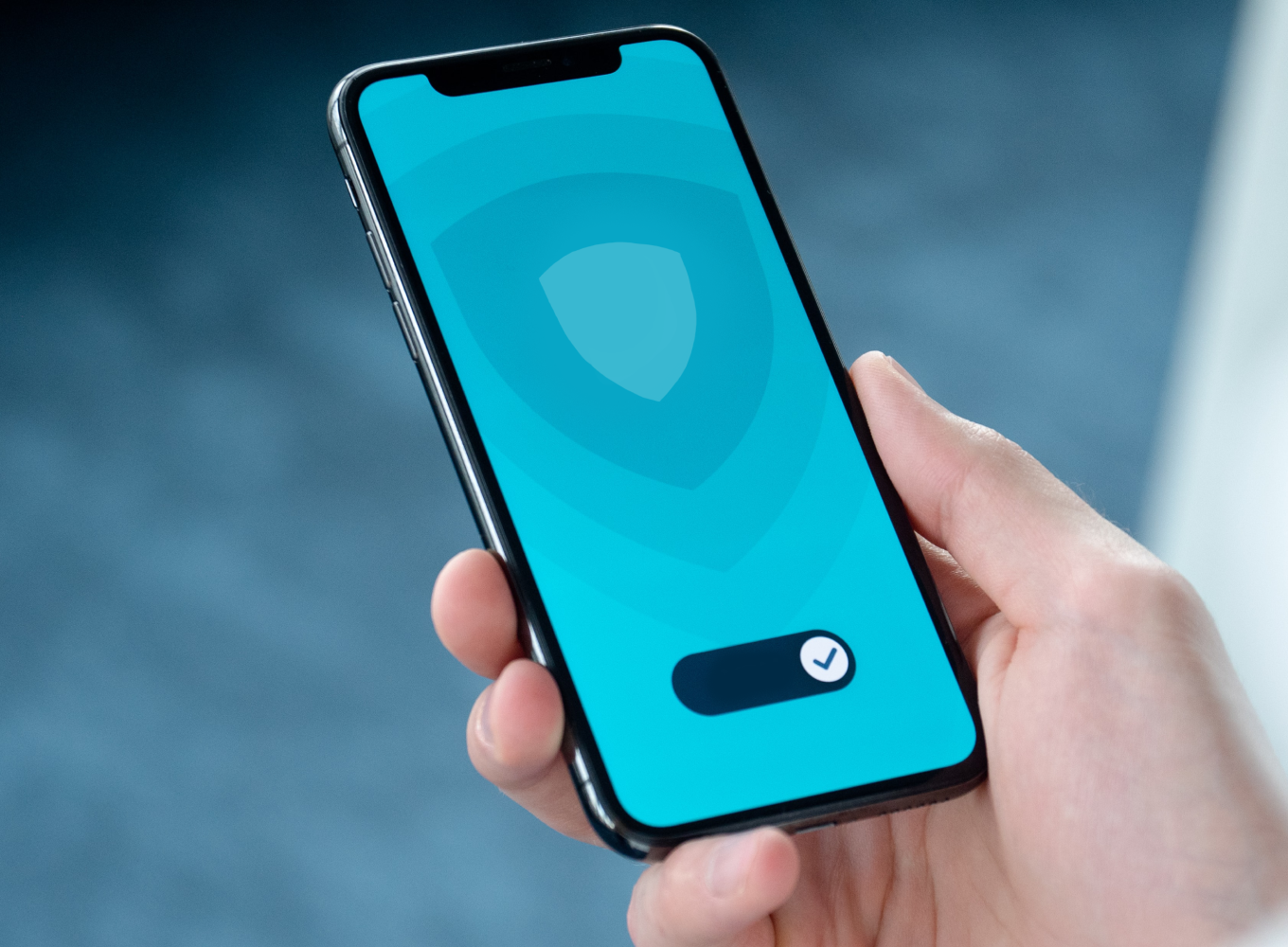Companies are always looking for more secure and innovative ways to detect fraud, manage risk and overcome security challenges. With the increase in connected technologies, comes the increase in cybercriminals looking for vulnerabilities.
Cybercriminals consistently target user data — from credit card information to email passwords and contact lists. Users have also been lured into downloading adware or subscribing to paid services without their knowledge.
When developing a new mobile application, security needs to be of the highest priority when you think of all the factors that go into app development. Data leaks, hacking and cybercrime are more prevalent than ever, with cybercriminals continuing to look for ways to exploit vulnerabilities in apps, operating systems, and software. It’s the responsibility of the app developer and app owner to ensure the application’s security is of the highest standard.
Mobile application development should be handled by expert developers. Organisations should work with their developer in creating a proper security strategy and implementing the following key security features into their mobile application.
Make sure you write a Secure Code
As you start writing a secure code, ensure that you build security into the source code from the start. Application permissions should be defined, as well as how each and every part of the software will be affected by these permissions.
Use code hardening and code signing and review the code frequently, ensuring that bugs are fixed as they present themselves. Your code should also be agile, easy to patch and update.
All data should be encrypted
All user data should be encrypted using symmetric encryption keys. File encryption is essentially scrambling the data within the file, which can only be decrypted with the correct encryption key.
All user-created data is automatically encrypted before committing it to disk once a device has been encrypted. This prevents unauthorised parties from reading the data, even if they are able to access it. Link layer encryption is also preferred by many and is integrated within their network protocols.
All API’s should be Authorised
The Application Program Interface (API) is a technical development environment that enables access to another party’s application or platform; they enable apps to interact with each other.
APIs that are poorly coded and not authorised can unintentionally give a hacker rights that can be exploited. For maximum security, APIs must be centrally authorised.
Suitable authentication should be in place for users who are accessing the APIs and it’s critical to verify and validate the APIs before using them.
Use High-Level Authentication and Multi-Factor Authentication (MFA)
Multi-factor Authentication (MFA) is an authentication technique that requires the user to provide more than one verification factor to gain access to an application, online account, or a VPN.
An organisation’s security will benefit through the use of MFA, as users are required to identify themselves by more than a username and password. Usernames and passwords can be stolen by third parties as they are vulnerable to brute force attacks.
Enforcing the use of an MFA factor like a thumbprint or physical hardware key means increased confidence that your organisation will stay safe from cyber criminals.
Test the Mobile Application Software properly
Security testing is vital for highly secure ICT environments and should be a mandatory part of the mobile application development cycle.
A penetration test is a simulated cyber-attack against your computer system to check for exploitable weaknesses. You should check the authorisation, data security and other issues present in the app. Early in the app development lifecycles, emulators and simulators are used for rapid prototyping and unit testing.
Emulators mimic your target device’s hardware and software on your workstation. You can use them to check the performance of the app in the different settings to be sure of the app’s vulnerability and whether or not the data will be secure.
Developing a Mobile Security Plan
For companies introducing a mobility-based solution, mobile device security cannot be ignored. The mobile devices used by your company can become a major security risk without having the proper tools and strategies.
Companies have come to realise that their mobile device security education must be collaborative, constant, and measurable in order to install awareness about mobile security. In addition to educating your employees, make sure they keep passcodes on their devices; while this measure has limited security potential, it at least provides some protection against amateur attackers. It’s also important to encrypt data on mobile devices, keep OS and apps up to date, and prevent jailbreaking on smartphones.
Mobile application security is essential because organisations can work on developing and improving business with the assurance that applications are secure from potential vulnerabilities. Especially if you have a FinTech application.
At Appello we pride ourselves in developing cost effective, custom built mobile applications, tailored to your specific business practices and management needs.
Contact Appello for more information on our secure app development services.



